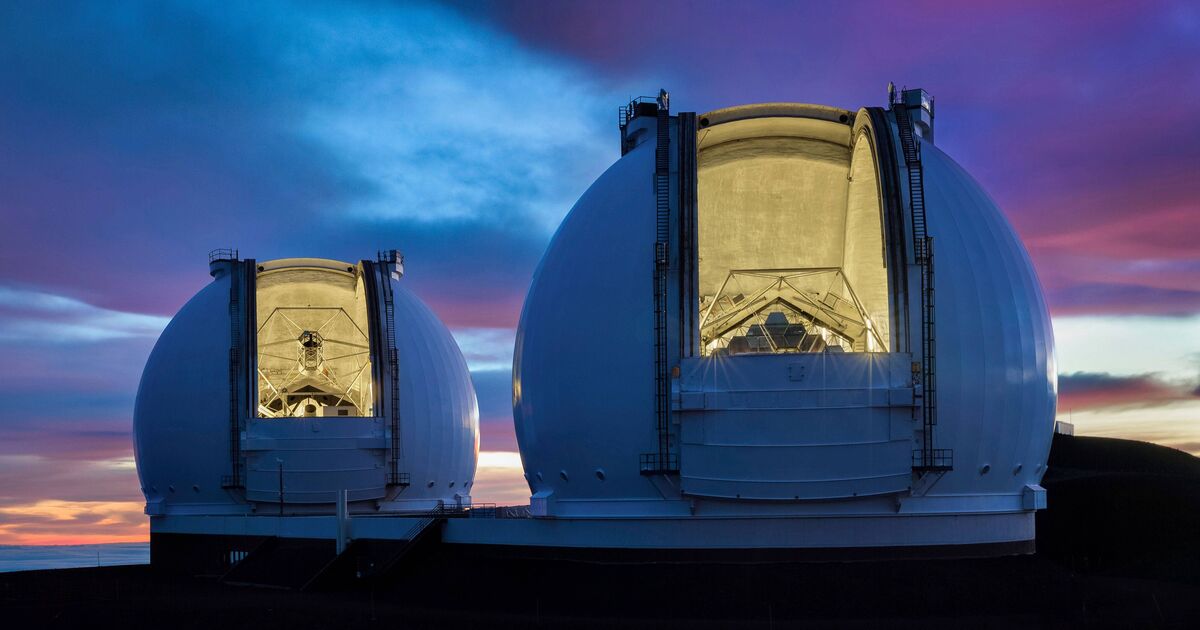Scientists have for the first time seen the inside of a dying star during its explosive death, providing an unprecedented glimpse into how stars evolve.
Stars can survive for millions to trillions of years before exhausting their fuel supply. The most colossal ones end their lives dramatically in a blast known as a supernova.
Using powerful telescopes that probe the depths of space, researchers have witnessed countless such detonations. These cosmic explosions typically scramble a dying star’s structural layers, making it challenging for scientists to study the internal architecture.
However, this wasn’t true for the latest finding, a supernova designated 2021yfj situated within our Milky Way galaxy.
The collapsing star’s outer shells of hydrogen and helium had stripped away long before, which came as no shock. Yet the star’s compact, core layers of silicon and sulfur had also been ejected during the blast.
“We have never observed a star that was stripped to this amount,” said Northwestern University’s Steve Schulze, who was part of the discovery team that published the research Wednesday in the journal Nature.
The discovery supports theories scientists hold about how massive stars appear near their final moments, arranged in shells with lighter materials on the exterior and denser ones toward the center.
“Because so many of the layers had been stripped off this star, this basically confirmed what those layers were,” said Anya Nugent, who studies supernovas at the Harvard-Smithsonian Center for Astrophysics. She was not involved with the new research.
It’s still uncertain how this star became so diminished – whether its layers were violently ejected in the final stages of its life or pulled away by a twin star. Future studies may provide insights, although scientists admit that such an event might be difficult to observe again.

